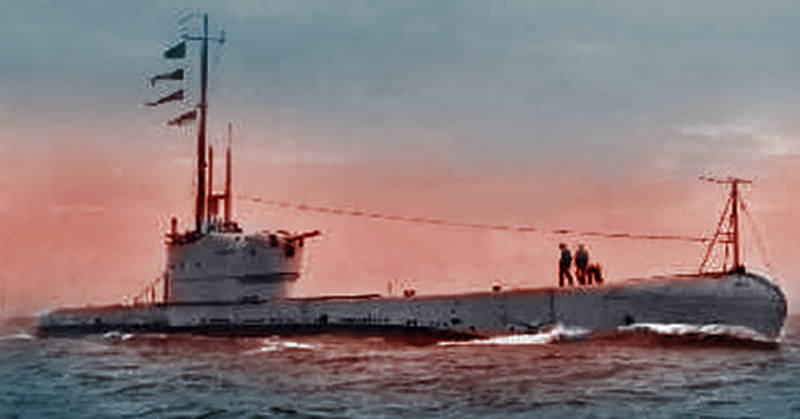Not every hero gets the recognition he or she deserves. Often, some heroes pass on and will never be remembered in history books. Such is the case of John Hawtrey Capes.
John Capes reported that he had saved three crew members on board a submarine that was on the verge of sinking during WWII. British forces’ doubted his claim until his death, but he was still awarded a medal of Meritorious Service. Still, his story of heroism has always been question. That was until some Greek scientists in 1997 made a shocking discovery which finally supported his claim.
Military Beginnings
John Capes’ entry to the military was something that was not intended in the first place. It started one day in 1941 when he accidentally crashed his car into a horse and cart and was taken to court. His case could not be concluded as the war was still going on. So instead of taking Capes to jail, he was sent to serve his country.
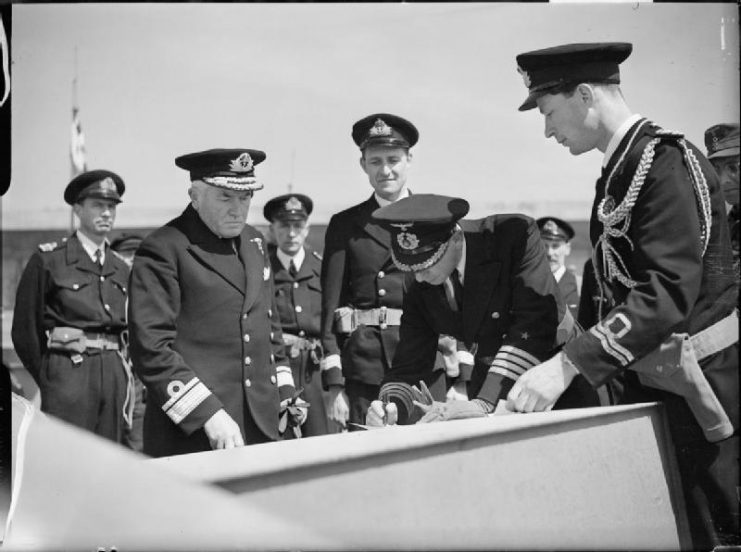
He was assigned as a Leading Stoker on board the submarine HMS Thrasher. It was an odd designation considering the kind of social ranking system the British had adopted before. Capes belonged to upper class society, an officer’s rank was more common at the time whether or not he had the skills for the military. However, the fact that he wasn’t given the higher rank was probably what saved his life in the first place.
While serving on the Thrasher, Capes was ordered to return to finish his trial for the car accident. His trial was settled on the 26th of November and he was put on the submarine HMS Perseus as transport to return him to his post on the Thrasher. It was on the Perseus that Capes’ adventure would really begin.
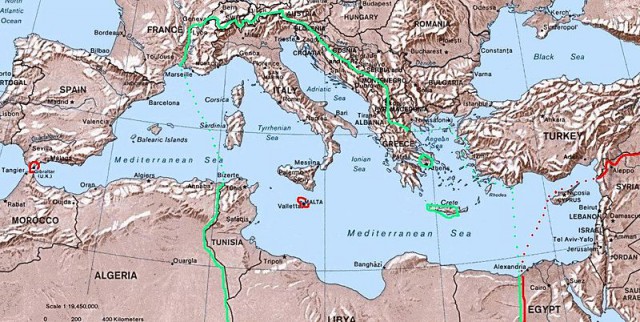
Aboard HMS Perseus
The Perseus was captained by Lieutenant Commander Edward Frederic Nicolay and was the first to be equipped with Mark VIII torpedoes. Nicolay was an esteemed military officer having earned a Distinguished Service Order after sinking two Italian ships.
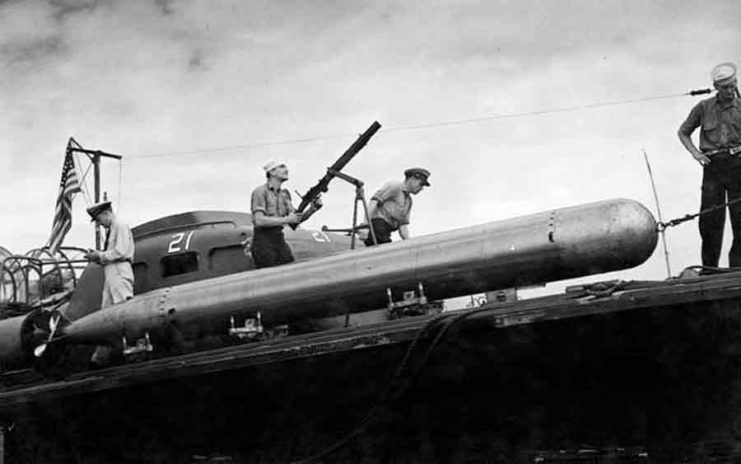
The Perseus was stationed in Alexandria, Egypt and Capes was heading there so he was placed on the ship for the journey. Nicolay ordered a routine patrol of the islands in Southern Greece before heading home. Capes wasn’t considered a member, so he was not given a bunk. Instead, he lodged on an empty torpedo rack at the rear of the sub.
On December 6 at 10 PM, the Perseus was struck by an Italian sub about 7 miles north of Zakynthos Island. The sub took a nosedive. The Stern was poking out above the water before sinking below. 61 members of the crew were going down with the ship.
Capes was lying in his rack drunk from drinking rum when the explosion was felt. He was thrown out of the rack and the lights went out in the entire vessel. He made his way using a flashlight to the engine room searching for survivors but found most of the crew dead.
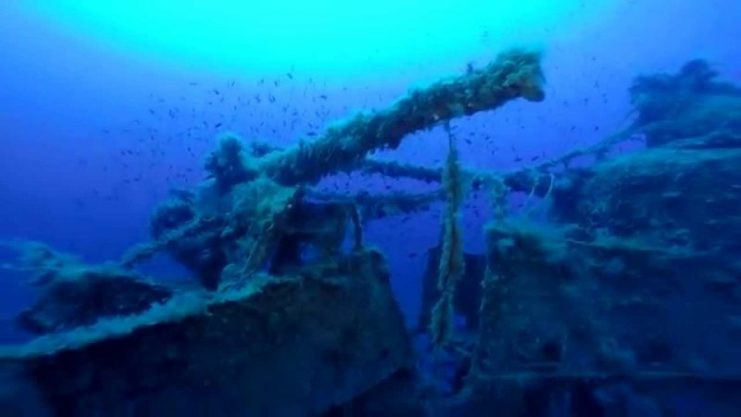
He continued searching until he found three startled and injured men. He led them out of compartment, locked the door and gave them a drink of his rum for liquid courage. He then located the Davis Submerged Escape Apparatus sets which are life vests with goggles and oxygen masks and handed them to the men. Unfortunately, the equipment was designed only for depths of up to 100 feet and the gauges indicated they were at 270 feet.
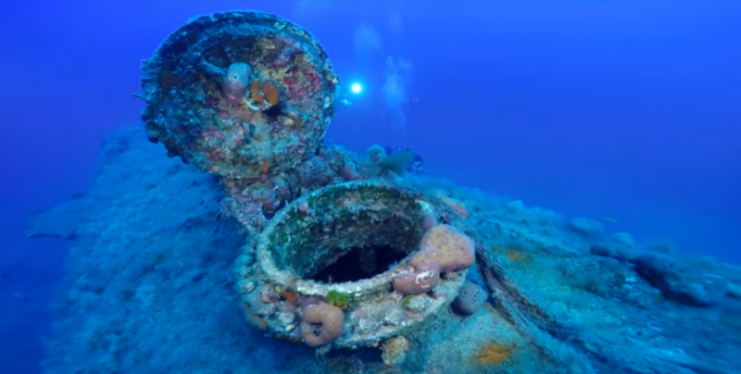
A second gauge reading indicated they were only 170 feet below. However, they’d still be without oxygen for about 70 feet. With no choice left, they decided to open the escape hatch and take their chances.
Once opened, Capes led the men out as they swam above. However, since there were instant changes, it was possible they would encounter the bends. This is where the body gasses bubble up during rapid ascension in water and can cause severe paralysis, pain and even death.
Capes knew this would happen and he tried to he slow his speed upwards but to no avail. He felt a crushing pain in his chest but managed to swim to shore. He passed out shortly after he made it to Kephalonia Island. After months in hiding, Capes managed to get smuggled to Turkey and sought refuge at the British consulate which later sent him to Alexandria.
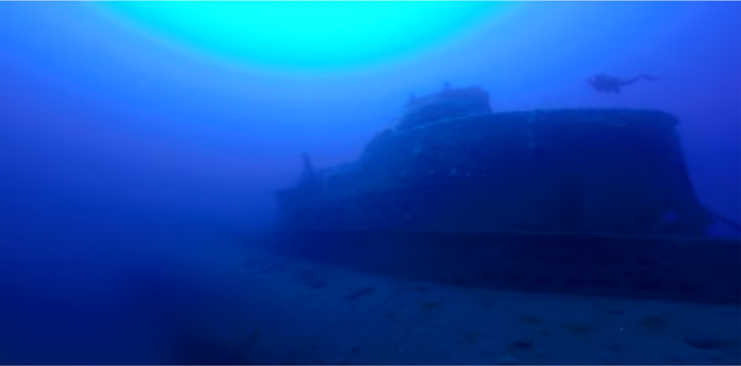
You can see a video of HMS Perseus.
Redeemed
Even in his death in 1985, he remained in a shroud of suspicion despite his heroic actions. It was only then when Kostas Thoctarides, a Greek archaeologist, found evidence of Capes’ deeds that it was realized he truly deserved the award.
Upon inspection of the shipwreck, the researchers were able to determine where the impact on the Perseus took place and also found evidence of the opened escape hatch. This information appears to substantiate Capes’ tale of what happened after the submarine sank. Unfortunately, nothing is known of the fate of the other 3 sailors.
